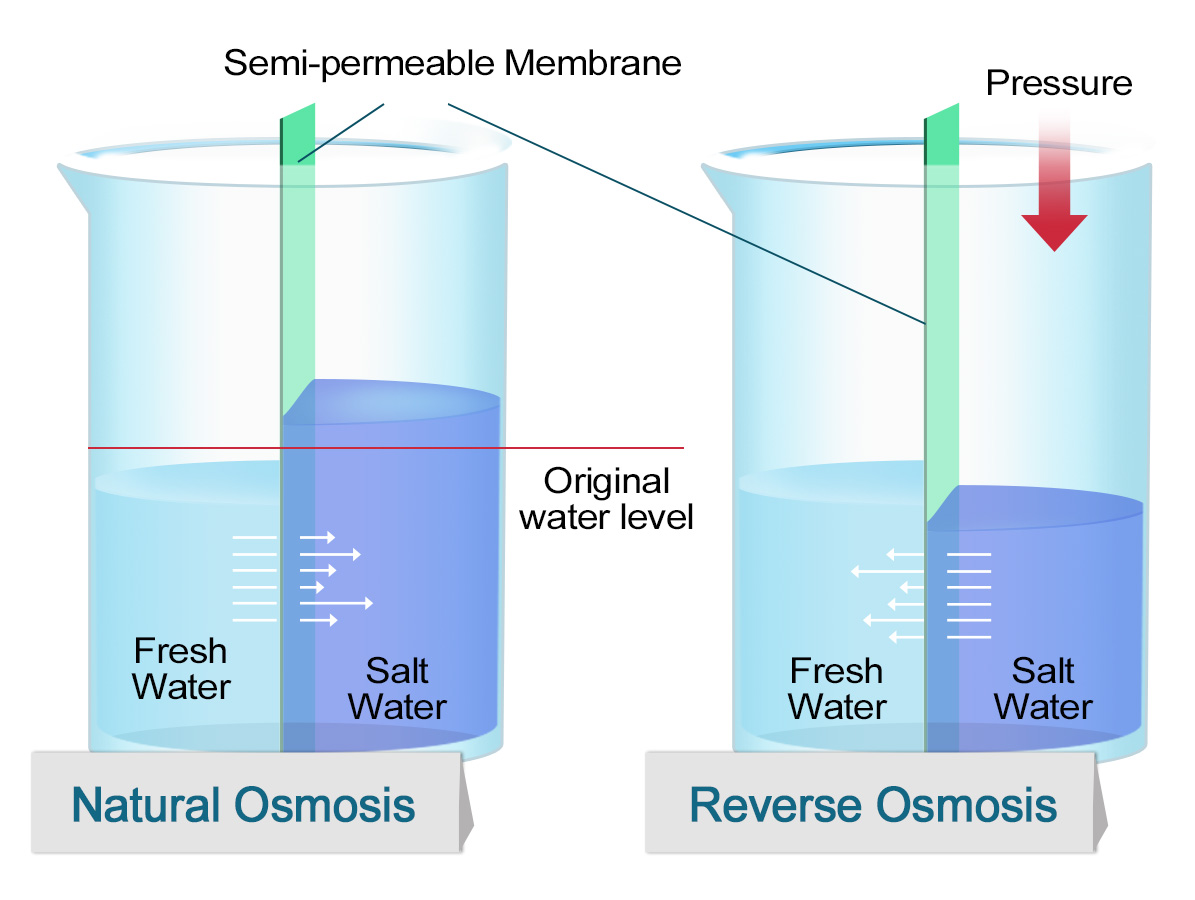
The WSD has been implementing the Total Water Management Strategy (the Strategy) since 2008 to better prepare for uncertainties. One of the key supply management initiatives is to develop new water resources. Under the Strategy, Hong Kong should broaden its strategic investment in seawater desalination to diversify its water resources. The subsequent update of the Strategy in 2019 has further emphasized the essential role played by the seawater desalination (i.e. construction of the first stage of desalination plant in Tseung Kwan O) in building resilience in fresh water supply for Hong Kong to cope with climate change.
We have been keeping abreast with the latest developments in desalination technology. The feasibility studies in 2002 and 2007 have confirmed that seawater desalination using reverse osmosis is a viable technology to produce potable water in compliance with the Hong Kong Drinking Water Standards which adopts the World Health Organization’s Guidelines for Drinking-water Quality. The technology of reverse osmosis has become more mature and the cost of seawater desalination has been reduced over the years, making it a right juncture for Hong Kong to develop seawater desalination.

Fresh water produced by the proposed desalination plant at Tseung Kwan O adopting reverse osmosis technology will be in compliance with the Hong Kong Drinking Water Standards which adopts the World Health Organization’s Guidelines for Drinking-water Quality.
The estimated unit water production cost of the proposed desalination plant at Tseung Kwan O is about $13 per cubic metre including the distribution and customer services costs. If the distribution and customer services costs are excluded, the estimated unit water production cost will become about $10 per cubic metre.
The unit production cost of the desalinated water in different countries are attributed to a number of factors including the construction cost, the energy cost, the seawater quality and temperature, and environmental requirements. Based on the information from the International Desalination Association, the estimated unit production costs of desalinated water of the proposed Tseung Kwan O desalination plant is comparable to those of similar scale in other countries.
The proposed desalination plant will adopt reverse osmosis technology, and will have a water production capacity of about 135 000 cubic metres (m3) per day, with provision for future expansion to the ultimate water production capacity up to 270 000 m3 per day when necessary that will meet around 5% to 10% of the overall fresh water demand in Hong Kong. The first stage of the plant will be implemented under a Design-Build-Operate contract arrangement. The contractor will be responsible for the detailed design, construction and operation of the desalination plant.
Construction of the first stage of Tseung Kwan O Desalination Plant has commenced on 30 December 2019 and it started supplying potable water to public from 22 December 2023.